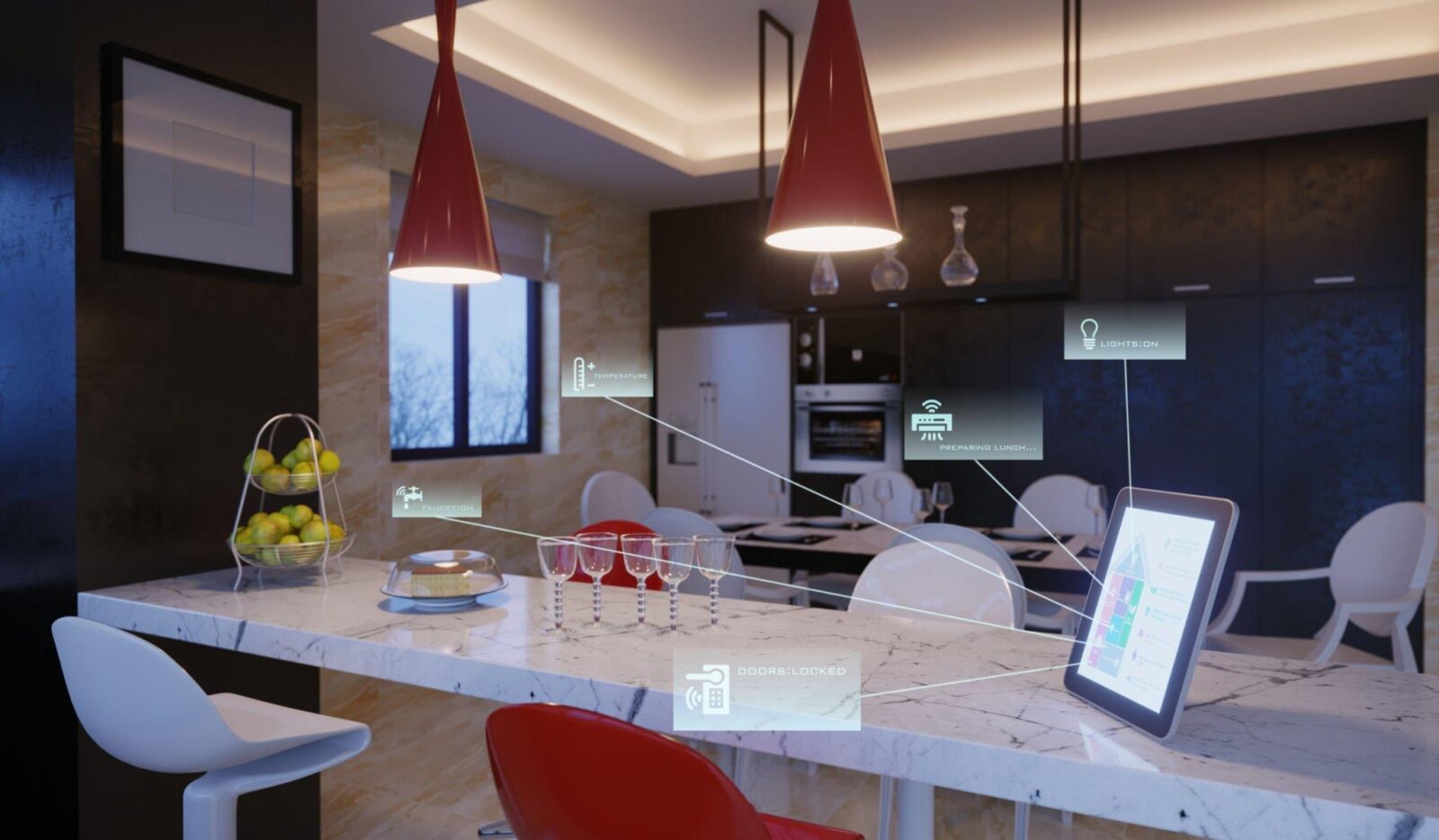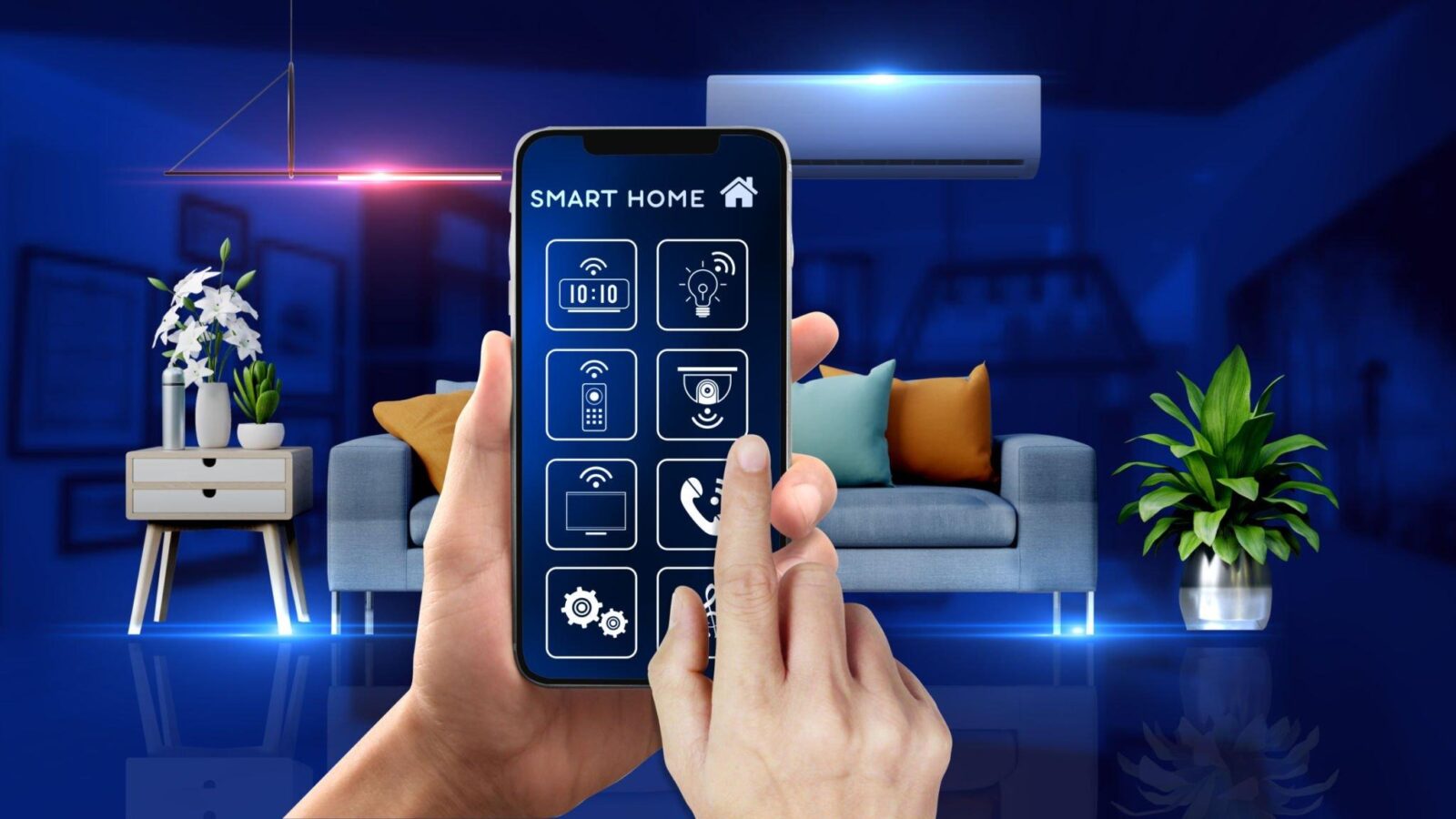6 Ways to reduce consumption with home automation

- May 30, 2023
- Interfaceadmin
Installing smart thermostats is one of the best ways to cut consumption through home automation. These gadgets can figure out what temperature your family prefers and adapt themselves accordingly, saving you money and energy. These thermostats also have a remote control feature that enables you to switch off the heating or cooling while no one is home. Utilizing smart lighting is another approach to cut consumption with home automation. Your lights will only turn on when necessary if you install motion sensors or timers. You may also programme your lights to turn off automatically at specific periods of the day or night.
Through the use of automatic faucets and showerheads, home automation also makes it possible to use water more efficiently. By only turning on when someone is present and turning off when they depart, these fixtures can conserve water. Overall, implementing home automation into your daily routine is a simple and ecologically beneficial method to cut back on consumption while also making life easier!
Let us learn how to automate your home to cut consumption
Regulated temperatures
Controlling the temperature in your home is one of the best methods to cut consumption using home automation. As they give homeowners more control over their heating and cooling systems, smart thermostats are gaining popularity. These appliances can adapt the temperature based on your daily routine and can even be operated remotely via a smartphone app.
Utilizing intelligent blinds or shades is another way to control temperature. By automatically adjusting based on the quantity of sunlight entering a space, these devices can reduce the need for supplemental heating and cooling throughout the day. This not only lowers energy use but also helps to extend the life of flooring and furnishings that may otherwise become harmed by prolonged exposure to sunshine.
Standby Appliances
The simplest strategy to cut your household's energy use is to stop using standby appliances. These are devices, such as televisions or chargers, that remain plugged in even when they are not actively charging a device. Although they appear to be unimportant, these gadgets can actually consume up to 10% of the energy used in your home.
Fortunately, there are lots of simple solutions to reduce the amount of standby appliances in your house. One choice is to buy smart power strips, which shut off outlets when no gadgets are plugged into them. Another choice is to manually unplug appliances when not in use, however this may be less convenient and require more work.
Automated Lighting
Automated lighting is a big technique to lower energy usage in your home. Automated lighting systems provide you the ability to regulate when and how long lights are on, which can help you save a lot of energy. Automated lighting can employ motion sensors to turn off lights that are not in use in a particular room or region.
For a full home automation system, automated lighting systems can be connected with other smart appliances like thermostats and security cameras. This integration makes sure that any lights left on will turn off automatically when the system notices there hasn't been any movement within the house for a while. Installing an automatic lighting system is, all things considered, a great investment for homeowners trying to conserve energy and lower their electricity costs.
Making Decisions
There are a number of things to think about while deciding how to reduce energy usage in your home. With increased control over your energy use, home automation technologies can help you more easily reach your goals. The usage of smart thermostats is one method through which this operates. You can optimize energy use throughout the day and control the temperature in your home with the aid of these devices. You can use them to reduce your utility costs while maintaining a comfortable living space.
Choosing which gadgets to buy is a crucial decision-making process when it comes to home automation. Today's market offers a wide variety of home automation solutions, from straightforward timers for lights and appliances to more complex systems that track everything from water use to air quality. Before making any purchases, it's critical to assess your demands and financial situation so that you can select the ideal mix of products for your house.
LED Lighting
Smart lighting is one of the most important ways to cut consumption with home automation. Smart lighting solutions enable house owners to schedule their lights, change the brightness or color temperature, and control them remotely. By doing this, you can make sure that you're not wasting electricity or leaving the lights on when you're not at home.
Automated Blinds
Automated blinds are a great way to lower your home's energy usage. Homeowners can programme their blinds to open and close at various times of the day depending on the amount of available natural light by employing smart technology. This feature is especially helpful in the summer when indoor places can become uncomfortable due to the intense heat from the sun.
In conclusion, installing home automation systems can dramatically lower household energy use. Homeowners may reduce their electricity costs and help create a more sustainable environment by remotely managing lights, temperature, and other equipment. Further energy savings can be achieved by employing smart thermostats to guarantee that heating and cooling systems only run when necessary.




